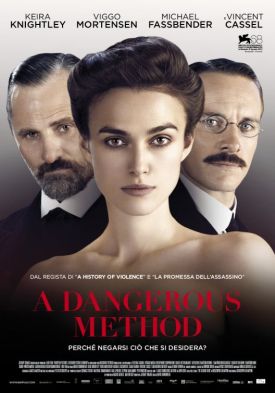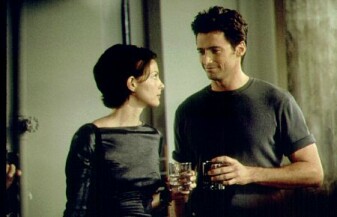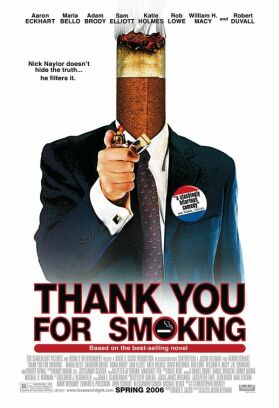Gospel of John, The
What you think of Philip Saville’s movie-version of The Gospel of John is likely to depend on what you think of the Good News Bible, the modern translation on which the picture is based. For me, the movie never entirely escapes from being an illustration of what I don’t like about the translation: its casualness and informality which, in an attempt to be “contemporary” can only succeed in making the most solemn and timeless of human stories sound dated, trivial and unreal. We know already that Galileean peasants in the first century A.D. did not talk, or think, as we do, and the attempt to portray them as doing so tends to create a sense of falseness and unreality about that which we are being asked to treat as the central event in human history.
As one who is old enough still to have the language of the Authorized or King James Version of the English Bible rattling around in my head, I believe that such older translations with their deliberate archaisms avoided this problem by preserving what linguists call the “sacral register” of the gospels, as of the liturgy. By respecting our intuitive understanding that the events they describe took place in a world very different from our own — just as they are intended to point us on our way to a world even more different — they help to preserve the mystery of faith and thus pose less of a challenge to our natural skepticism about events so remarkable.
All this is another way of saying that I don’t regard the film’s saying of “the light that comes into the world and shines upon all people” that “the darkness has never put it out” as an acceptable substitute for “the darkness comprehended it not.” Nor do I believe that “the voice of one crying in the wilderness” is an equivalent of “the voice of someone shouting in the desert.” “The wind blows wherever it wishes” is metaphorically jarring in a way that “the wind bloweth where it listeth” is not, while “The Word became a human being” starts an entirely different and more skeptical train of thought, in my mind anyway, from that which is inspired by “The Word became flesh and dwelt among us.”
Another illustration of the problem comes in the form of one of Jesus’s favorite sayings in the King James version, “Verily I say unto you. . .” This the GNB translates as: “I am telling you the truth.” Again and again and again. Now “Verily I say unto you” is, owing to its unfamiliarity in ordinary speech, transparently a rhetorical device, a form of oral punctuation. We know this because there is no other way of taking it in a language which for two hundred years has eschewed rhetorical devices. In modern English, however, it sounds as if the Son of God and the Light of the World is protesting too much. Why would someone keep saying “I am telling you the truth” unless it were in the teeth of equally insistent skepticism — which it is not here — or he were really not telling the truth?
In other words, it is better to say “Verily I say unto you.” We spot that right away as rhetoric just because it is no longer used in any other way — just like the other forms and conventions of Jesus’s time. Among these is the strict separation that was mostly observed between the lives of men and of women. But the film, by putting Mary Magdalene (Lynsey Baxter) at the Last Supper and so calling our attention to a major revision of the iconography of that event for what can only be reasons of political correctness, once again takes us out of Jesus’s time and instead puts Him in ours. This is why both the old-style language and the old-fashioned social customs create what is really closer to an accurate representation of first century Palestine than up-to-date translations.
All this having been said, however, I think that many readers will be glad when they come out of it to have spent three hours in the dark with this movie. Its main virtues are two: the narration of Christopher Plummer, whose voice seems to have a sacral register all its own and the performance of the young British actor, Henry Ian Cusick, in the role of Jesus. He has been asked to perform an impossible task, but he has done it perhaps as well as it could be done. Like Plummer’s narration, he is thus able to offset to some extent the lack of dignity and majesty in the language of the translation. If one were criticizing the film as a work of fiction, one might call attention to the fact that John the Baptist, the twelve disciples, the three Marys, Martha and Lazarus and the others around Jesus are not fully realized characters, but neither are they in the gospel and the effect here, as there, is to focus all the narrative attention on Jesus.
Where there is a division between the book and the movie is in the representation of the miracles, which cinematically can never quite avoid the look of Cecil B. DeMille. The treatment of these is curious and apparently unable to make up its mind. With the voice of God at Jesus’s baptism, for instance, the narration tells us that “some said it was thunder” — so the words are left to the narrator and the voice from above really is thunder. Likewise, the descent of the dove is not represented literally, but as a reflection on the water. Even the two angels keeping watch over the empty tomb are invisible.
But of course some of the miracles are unavoidable. Water-into-wine is no problem because of the earthenware vessels, while the miracle of the loaves and the fishes is dealt with by cutting: we see the basket with five loaves and two fishes, and then we cut away to the distribution of multi-baskets, all laden down with loaves and fishes. But the most unavoidable of the miracles is Jesus’s walking on water during the storm on the Sea of Galilee. There was no way to get around this one, so Saville had to go with the full Cecil B. DeMille treatment, which looks all the more conspicuously artificial for being the only one in the movie. Still, I don’t mean to be nit-picking about it. Despite my reservations, this is a respectful and even a reverent treatment of John’s gospel which, even at three hours’ length, is well worth seeing.
Discover more from James Bowman
Subscribe to get the latest posts to your email.








